10 Airports Travelers Love + 10 That Are Just A Headache

Airports can make or break your travel experience before you even reach your destination. Some dazzle with efficiency, amenities, and design that transform waiting time into pleasure. Others turn what should be simple transit into a stress-filled ordeal with confusing layouts, endless lines, and lackluster facilities.
Having traveled through countless terminals worldwide, I’ve experienced the best and worst of what airports offer, and I’m sharing my findings to help you navigate your next journey.
1. Incheon International: South Korea’s Gateway of Efficiency
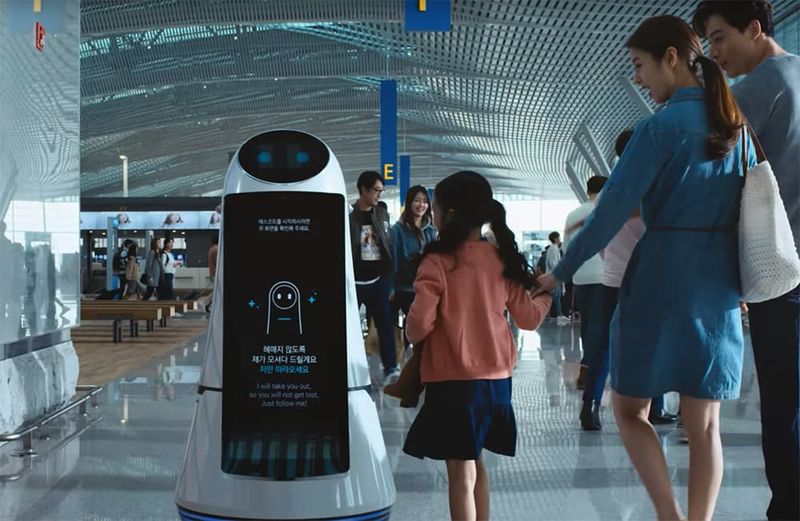
Walking through Incheon feels like stepping into the future. The sleek design combines with cutting-edge technology to create a seamless experience from check-in to boarding. Robot assistants roam the terminals, helping lost travelers find their way.
Cultural experiences await between flights – from traditional Korean craft workshops to free city tours for longer layovers. My favorite feature? The ultra-fast free WiFi that actually works everywhere, unlike most airports where connectivity is more wishful thinking than reality.
2. Zurich Airport: Swiss Precision at Its Finest
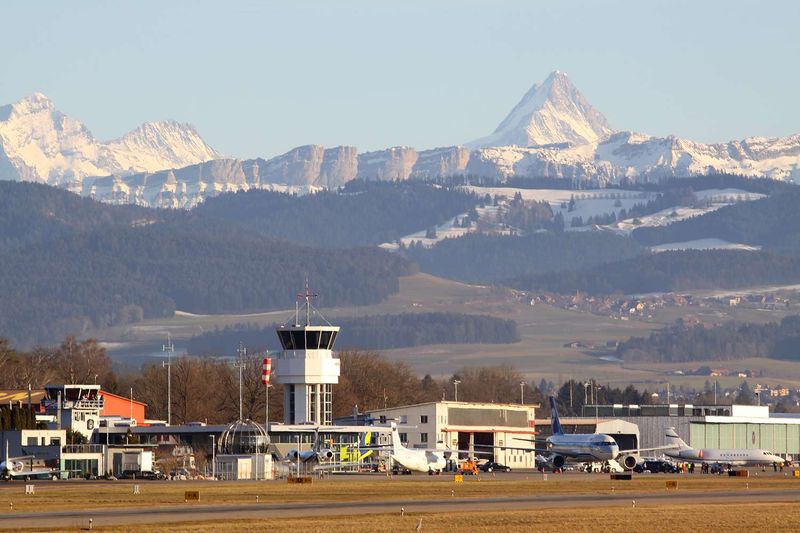
Imagine an airport running with the precision of a Swiss watch. That’s Zurich for you! I’ve never experienced such punctuality and organization anywhere else. The spotless terminals make even a 6-hour layover feel civilized rather than punishing.
Between flights, you can rent bicycles to explore nearby trails or enjoy observation decks with stunning Alpine views. The quiet atmosphere stands in stark contrast to the chaos of most international hubs. Plus, the chocolate shops alone make any stopover worthwhile!
3. Munich Airport: Bavarian Hospitality Takes Flight

Who knew an airport could capture the essence of German culture so perfectly? Between flights, I found myself sipping authentic Bavarian beer in a traditional biergarten complete with pretzels the size of my head! The seasonal Christmas market transforms the terminal into a winter wonderland.
Family travelers appreciate the massive playground and observation deck where kids can burn off energy. The airport’s layout makes perfect sense, with short walking distances between gates and clear signage. Security lines move quickly, proving efficiency and hospitality can coexist beautifully.
4. Tokyo Haneda: Japan’s Punctuality Powerhouse
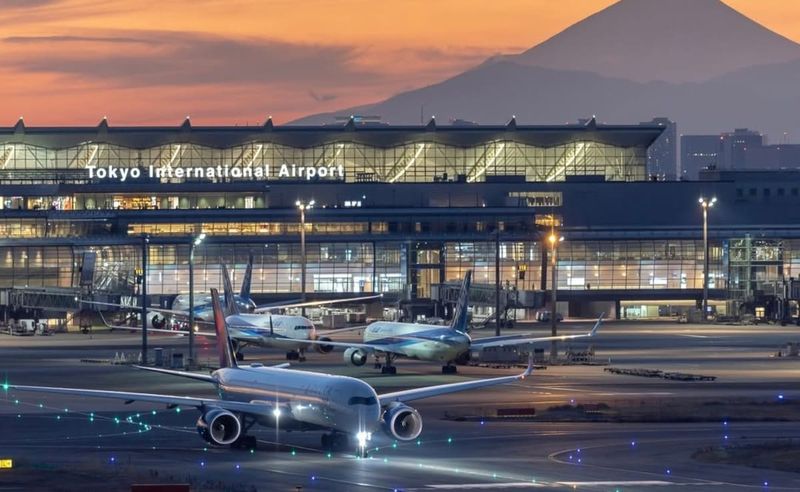
Stepping into Haneda feels like entering a temple of efficiency. Trains arrive at the exact minute scheduled, security lines move with choreographed precision, and the whole experience reflects Japan’s dedication to order and cleanliness.
Food options showcase the best of Japanese cuisine at reasonable prices – a rarity in airports! I love browsing the exquisite gift shops featuring local crafts and treats. The observation deck offers spectacular views of Mount Fuji on clear days.
Despite handling millions of passengers, Haneda maintains a calm atmosphere that soothes rather than stresses travelers.
5. Amsterdam Schiphol: A Miniature Netherlands Experience
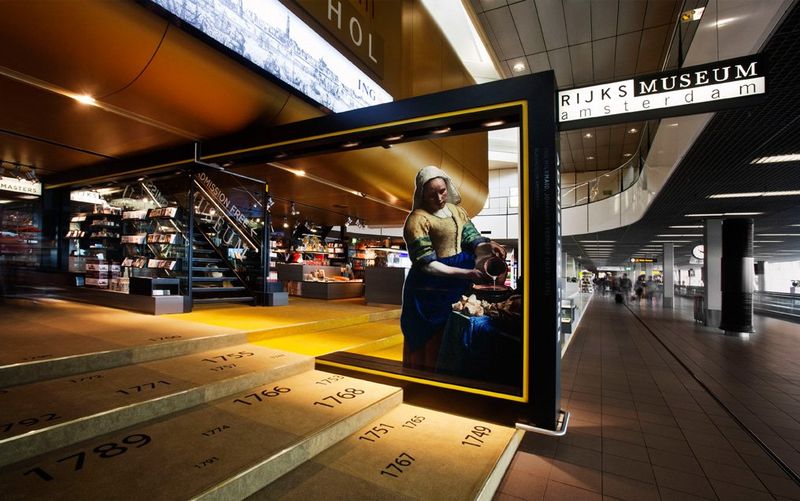
Did you know you can visit a museum inside an airport? Schiphol houses a branch of the Rijksmuseum where you can admire Dutch masterpieces while waiting for your connection. The airport captures Holland’s spirit with tulip shops, bicycle-themed cafes, and even a small library.
Finding your way around is remarkably easy despite its size. The single-terminal design means you never need to take shuttles between buildings. I particularly appreciate the comfortable seating areas with plenty of charging stations and the indoor park where you can relax among real trees.
6. Vancouver International: Nature Meets Modern Design

Stunning floor-to-ceiling windows frame mountain and ocean views that remind you exactly where you are – beautiful British Columbia. The airport incorporates natural elements throughout, including a massive aquarium with local marine life and indigenous art installations that tell stories of the region’s heritage.
Moving between gates feels like a peaceful nature walk rather than the usual airport marathon. Security staff maintain Canadian friendliness even during busy periods. My secret tip? Visit the observation area where you can watch planes take off against a backdrop of snow-capped mountains.
7. Singapore Changi: The Airport That Feels Like a Vacation
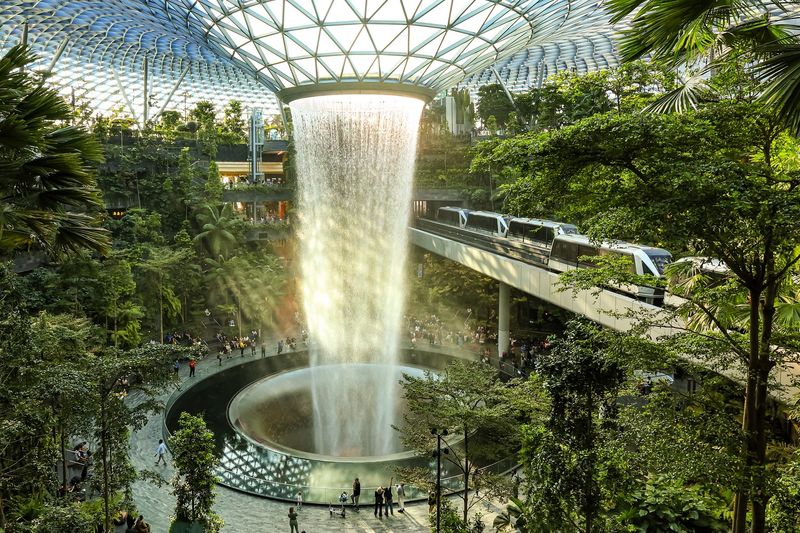
Ever wondered what happens when an airport doubles as a tourist attraction? Changi answers that question with its butterfly garden, movie theaters, and massive indoor waterfall. I could happily spend a layover exploring the sunflower garden or swimming in the rooftop pool.
The staff here treat you like valued guests rather than cattle being herded through security. With efficient immigration processes and baggage handling, stress melts away the moment you step inside.
8. Helsinki Airport: Nordic Minimalism Done Right
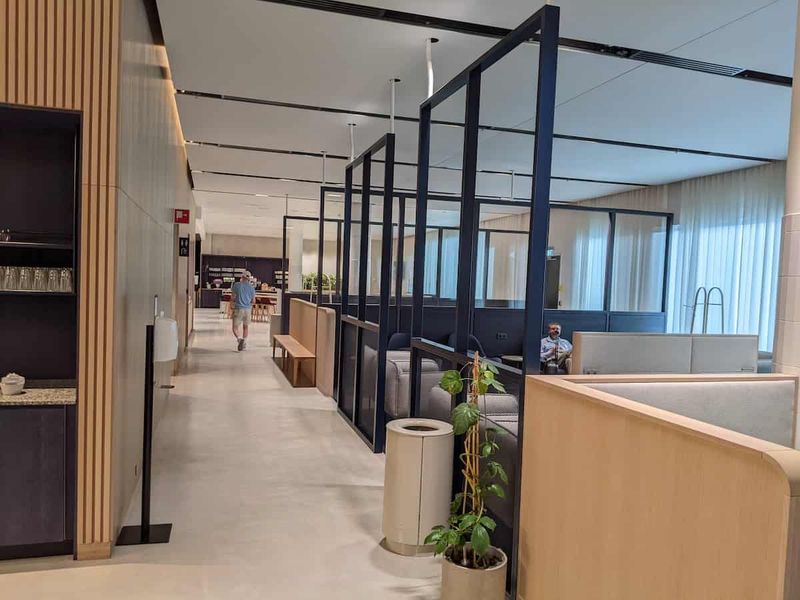
Finland’s design prowess shines through every corner of Helsinki Airport. Clean lines, natural wood elements, and thoughtful lighting create a calming atmosphere that feels more like a spa than a travel hub. The Finnish concept of ‘sisu’ (determination) translates into incredibly efficient operations.
Between flights, you can experience an authentic Finnish sauna or relax in ergonomic lounging pods designed for napping. Even during winter snowstorms, this airport keeps running with impressive precision. The best part? You’re never more than 15 minutes from your gate, no matter where you are in the terminal.
9. Doha Hamad International: Luxury in the Desert

Imagine an airport where water cascades down interior walls, a giant teddy bear sculpture greets you, and every surface gleams with polished marble. Qatar’s flagship airport redefines luxury with its stunning architecture and amenities that make you forget you’re in transit.
The staff-to-passenger ratio seems almost 1:1, ensuring personal attention throughout. I was amazed by the swimming pool, squash courts, and spa available during layovers. Even economy passengers can access comfortable quiet rooms for napping.
Despite the opulence, the airport functions with remarkable efficiency, making connections smooth and stress-free.
10. Hong Kong International: Engineering Marvel on the Sea
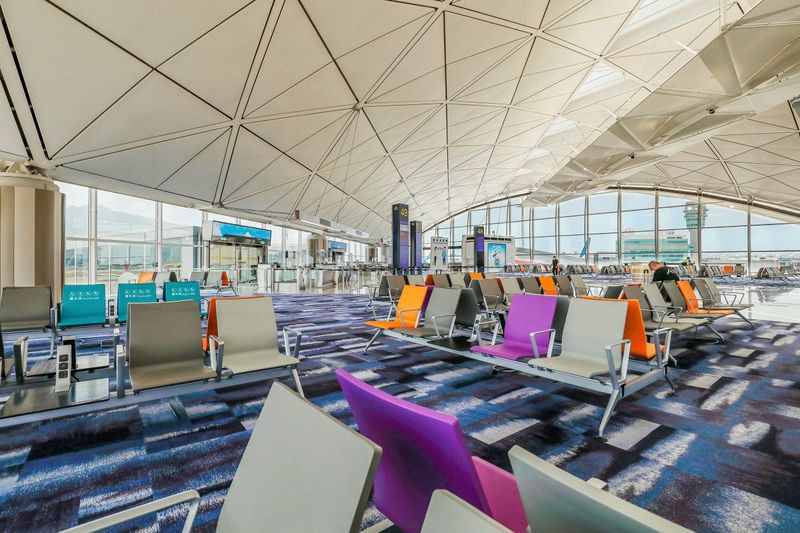
Built entirely on reclaimed land, Hong Kong’s airport represents an engineering triumph that handles passenger flow as impressively as its construction challenged physics. The soaring ceilings and glass walls create an atmosphere of spaciousness despite the crowds.
Food courts offer authentic dim sum alongside international cuisine at prices that won’t break your travel budget. Moving walkways and an efficient train system make navigating the massive complex surprisingly easy.
My favorite discovery was the Aviation Discovery Centre where aviation geeks can learn about flight physics while watching planes take off over the South China Sea.
11. LaGuardia Airport: New York’s Ongoing Renovation Nightmare

Despite billions spent on renovations, LaGuardia still feels like navigating an obstacle course. Construction walls create maze-like detours that leave even frequent flyers confused about how to reach their gates. I’ve missed connections despite arriving two hours early!
Food options mostly consist of overpriced, mediocre chains with long lines during peak hours. The bathroom situation remains dire – too few facilities for passenger volume means constant queues.
Perhaps most frustrating is the airport’s notorious congestion, both inside terminals and on approach roads, making simply arriving at LaGuardia a stress-inducing experience.
12. Charles de Gaulle: Paris’s Labyrinthine Headache
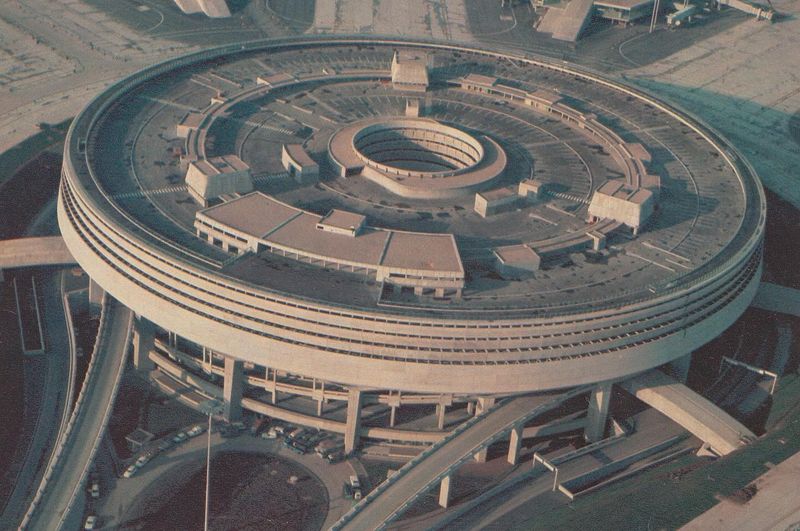
Navigating CDG feels like being trapped in an Escher painting where staircases lead nowhere and terminals connect in ways that defy logic. The circular Terminal 1 was apparently designed to maximize walking distance between any two points.
Signs appear randomly in French only, then both languages, then disappear entirely when you need them most. Security lines snake through the building with no apparent organization principle.
Despite being in France, culinary options disappoint with sad, overpriced sandwiches. The final insult? Chronically delayed flights mean you’ll spend more time than planned in this confusing concrete jungle.
13. Los Angeles International: Traffic Jam Before Takeoff

Simply reaching LAX requires strategic planning worthy of a military operation. The horseshoe-shaped road system creates perpetual gridlock, with rideshare drivers circling endlessly looking for passengers among the chaos.
Once inside, each terminal feels like a separate airport with inconsistent amenities and no efficient way to transfer between them. The shuttle bus system seems designed to ensure you’ll miss your connection.
Food and retail options vary wildly between terminals – you might find gourmet dining or nothing but vending machines. The restrooms appear to be cleaned approximately once per decade.
14. Manila Ninoy Aquino International: Overcrowded and Understaffed
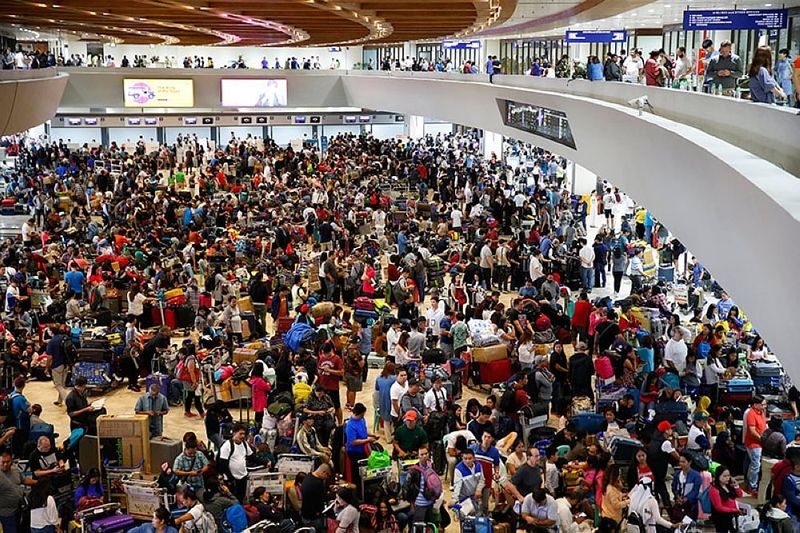
Imagine sardines packed in a tin can – that’s NAIA during peak hours. The terminals were clearly designed for a fraction of current passenger volume, creating human traffic jams at every turn. Air conditioning struggles against tropical heat and human density.
Check-in counters operate at glacial speed while security procedures seem to change hourly. Finding a seat near your gate requires competitive skills and sharp elbows.
Between power outages, bathroom facilities that would make a gas station restroom look luxurious, and wifi that exists only in theory, Manila’s airport tests even the most patient traveler’s limits.
15. Cairo International: Where Time Stands Still
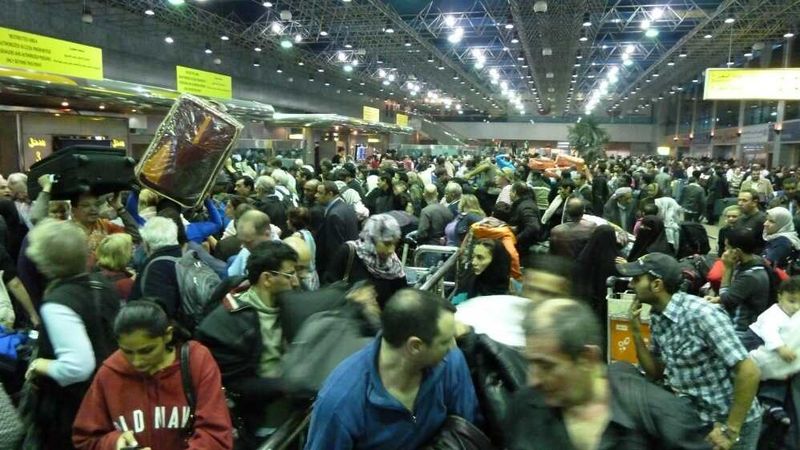
Entering Cairo International feels like stepping back several decades. Faded signs, broken facilities, and chaotic queuing systems create immediate confusion. Expect to stand in multiple lines for processes that could be handled in one step at more modern airports.
Staff seem deliberately unhelpful, often directing passengers to wrong locations or disappearing when needed. The smoking policy appears to be “anywhere you want” despite signs suggesting otherwise.
Finding accurate flight information requires detective skills, as departure boards frequently show outdated information. Pack snacks – food options are limited to sad cafeterias with questionable hygiene standards.
16. London Heathrow: A City Within a City (That You’ll Get Lost In)
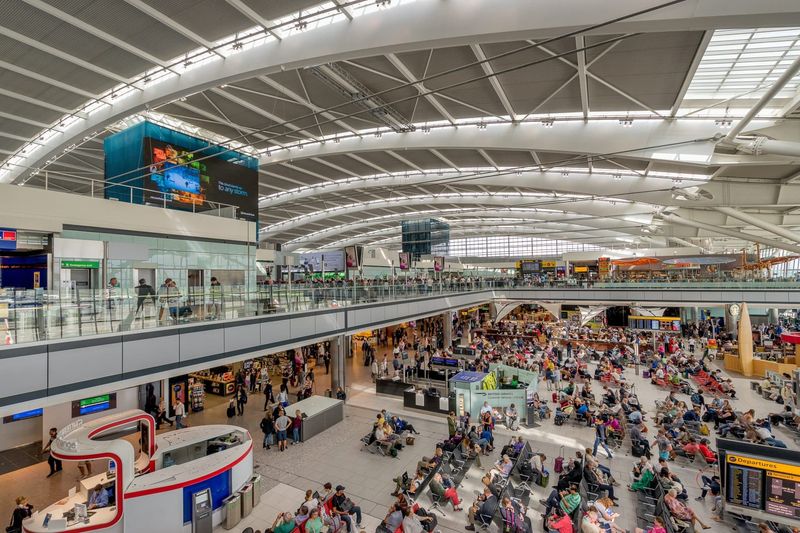
Heathrow’s massive scale works against it, creating marathon-length walks between connections. I’ve clocked over two miles between gates! The layout seems intentionally designed to force passengers through shopping areas regardless of time constraints.
Security procedures vary mysteriously between terminals, with some requiring removal of shoes, others not. The famous British queuing discipline breaks down entirely here, with chaotic lines forming in all directions.
Despite being a major global hub, WiFi remains spotty and often requires complex registration. When weather turns bad (which is often in London), the entire operation collapses like a house of cards.
17. New Delhi Indira Gandhi International: Sensory Overload

The moment you enter Delhi’s main airport, your senses are bombarded from all directions. Announcements blare over loudspeakers in multiple languages while crowds surge toward check-in counters with little organization. Personal space becomes a distant memory.
Finding your gate involves deciphering confusing signage and navigating through aggressive security checks where procedures seem to change based on the officer’s mood. The air conditioning struggles valiantly but fails against the crush of humanity.
Food courts offer authentic Indian cuisine but with hygiene standards that might make sensitive stomachs nervous before a long flight.
18. Rome Fiumicino: Italian Disorganization at Its Finest
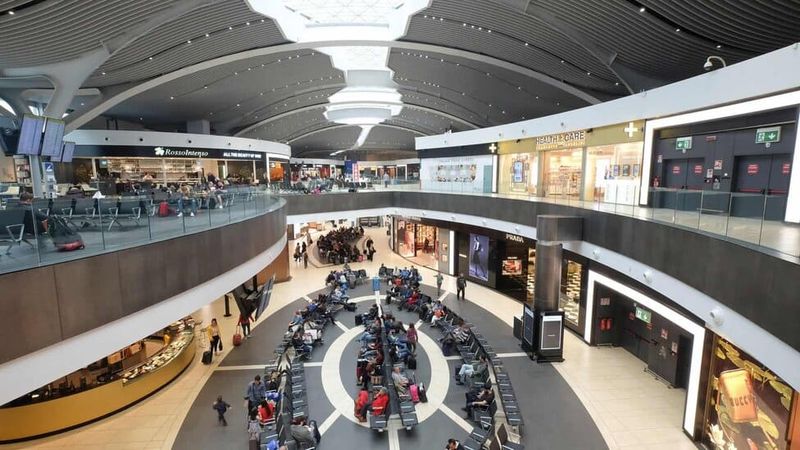
When in Rome, expect things to run on their own schedule – especially at Fiumicino Airport. Gate changes happen without announcements, leaving passengers to discover their flight has moved only when the original gate remains empty at boarding time.
Security lines move with the urgency of a leisurely Sunday stroll. Staff chat among themselves while passengers wait. The terminal layout requires unnecessary backtracking through duty-free shops.
While you can find decent espresso and pasta, be prepared to pay premium prices for basic amenities. The WiFi requires Italian phone verification, rendering it useless for most international travelers.
19. Chicago O’Hare: Weather Delays and Marathon Connections

O’Hare seems perpetually under construction, with temporary walkways and confusing detours becoming permanent features. Winter travelers should mentally prepare for delays – Chicago’s weather ensures the word “on-time” rarely applies here.
Connections between terminals require taking a train system that breaks down with impressive regularity. I once spent an hour trying to move from Terminal 1 to Terminal 5 during a system failure.
Food courts offer decent Chicago-style pizza but at prices that make Manhattan look reasonable. The final insult? Chronically insufficient bathroom facilities create lines that test your bladder’s endurance limits.
20. Jomo Kenyatta International: Nairobi’s Infrastructure Challenge
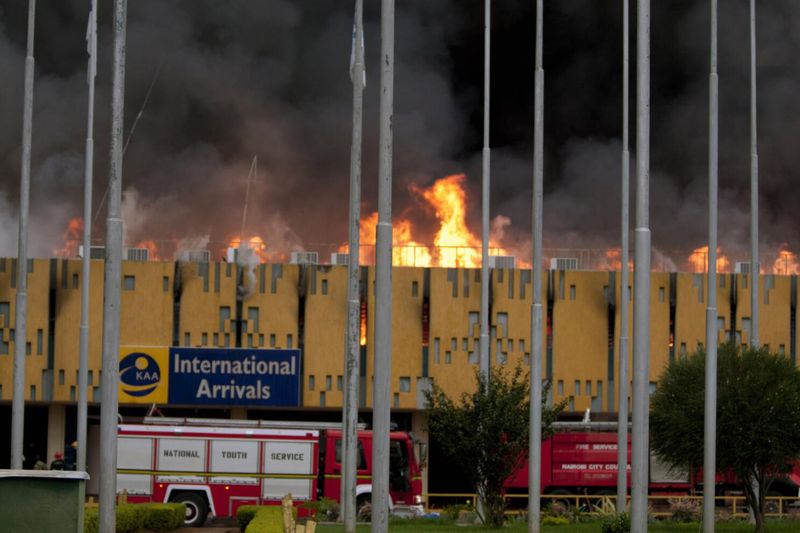
After a major fire in 2013, Nairobi’s main airport has struggled to rebuild adequate infrastructure. Temporary structures have become semi-permanent, creating a disjointed experience as you move between old and new sections.
Power outages occur with startling frequency, plunging parts of the terminal into darkness. The baggage claim area resembles a treasure hunt, with luggage appearing on random carousels regardless of flight information.
Security procedures involve multiple redundant checkpoints with inconsistent rules. The bright spot? Friendly staff who somehow maintain good humor despite working in challenging conditions.
